What are Vector Graphics And How Do Vector Graphics Work?
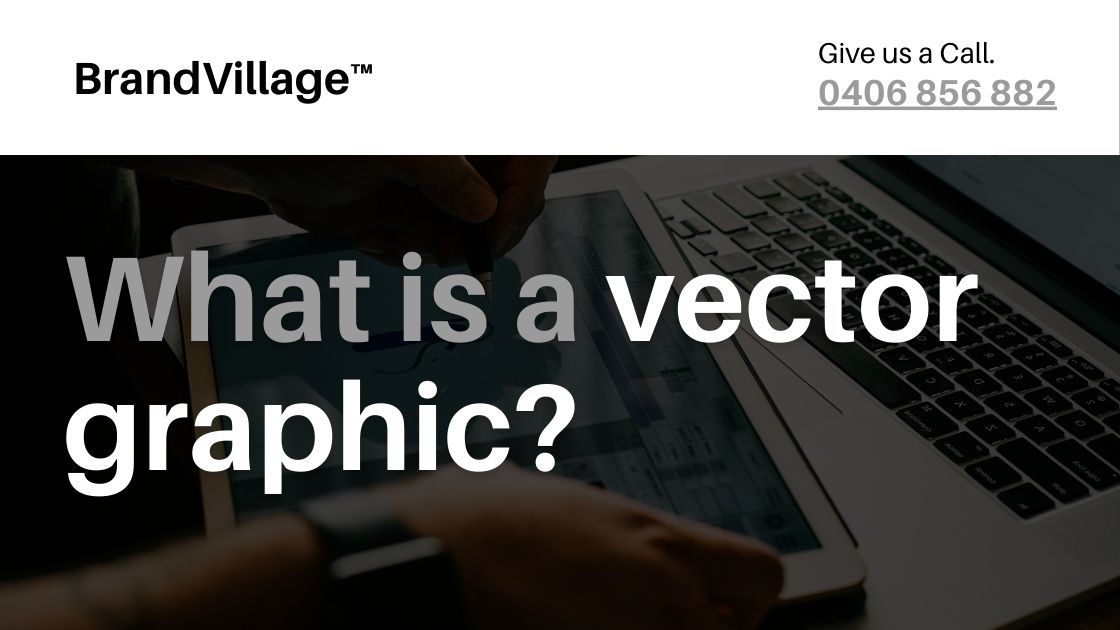
Published: February 16, 2024
Ever struggled with blurry logos or illustrations when resizing them for different projects? Vector graphics are your solution.
Unlike traditional images that pixelate when scaled, vector graphics are defined by mathematical formulas that outline points, lines, curves, angles, and shapes, unlike raster graphics, which are based on pixels. This fundamental difference allows vector images to be scaled infinitely without losing quality, making them ideal for logos, text, and precise illustrations.
Vector graphics maintain sharpness and clarity at any size, offering significant advantages over raster images regarding scalability, file size, and editability. They are especially favoured in design work requiring precision and flexibility, such as branding, digital design, and print media.
At BrandVillage, We offer the best services for graphic design in Melbourne, we harness the power of vector graphics for diverse projects, including packaging designs, social media templates, website design, social media marketing and any other medium where your logo needs to shine.
Hello, Kate from BrandVillage here.
With over eight years in marketing, I’ve crafted logos and illustrations for brands of all sizes, always prioritising quality over quantity. Our commitment extends beyond mere transactions; we build long-term client partnerships. In doing so, we’ve observed many struggles with the limitations of raster images, particularly when scaling up or transitioning across platforms.
However, this challenge is nonexistent for our clients. By exclusively offering vector graphics, my team and I ensure our clients receive the highest quality visuals and enjoy unmatched versatility and value. This strategic choice guarantees superior return on investment and seamless adaptability, regardless of application.
If you’re still pondering whether vector graphics are the right choice for your brand, we’ve got further clarification. Scroll down to discover how vector graphics can transform your brand’s visual identity and ensure its future-proof scalability.
How Do Vector Graphics Work?

As mentioned, vector graphics are a bit like digital magic. Instead of using tiny dots (pixels) to make an image, they use math to draw shapes and lines. Here’s a simple breakdown of how they work:
The Magic Behind Vector Graphics
- The Grid: Imagine a grid that lays over your drawing. This grid helps place everything exactly where it needs to be, using a system of horizontal and vertical lines. It’s like playing connect-the-dots but with precise rules on where the dots can go.
- Shapes and Lines with Math: Every shape or line in a vector graphic follows a math formula. For example, a circle isn’t just drawn; it’s described by a point in the centre and its size. This means the computer knows exactly how to recreate that circle every time, no matter how big or small you make it.
- Transforming Shapes: Because we’re using math to describe our images, we can do cool things like make them bigger or smaller, rotate them, or even stretch them out without making them look weird or blurry. It’s all just numbers to the computer to handle these changes easily.
Making the Picture
- Paths: These are like the outlines of a shape. If you were to trace your finger around a shape, that’s the path your finger takes.
- Points: These are specific spots that are important for forming shapes. Each point has a spot on the grid; by connecting these points, we create shapes.
- Lines and Curves: Straight lines are simple; they connect two points. Curves are more complex and use extra points to shape the curve. This is how we get everything from simple squares to complex drawings.
Advantages of Using Vector Graphics
There are multiple advantages of using vector graphics:
1. Scalability Without Loss of Quality
Vector graphics, fundamentally different from raster images, are not limited by pixels. Instead, they’re based on mathematical formulas, enabling them to be resized to any extent without losing quality. This makes vectors exceptionally versatile for various applications:
- Logos and Icons: Vector Logo ensures your brand looks sharp everywhere, from tiny mobile screens to massive outdoor billboards.
- Responsive Web Design: Achieving crisp visuals across devices of all sizes, enhancing user experience.
- Print Materials: Facilitating seamless transitions between digital and print formats without requiring multiple file versions.
2. Geometric Precision and Clarity
Thanks to their mathematical basis, vector graphics offer unparalleled precision in depicting shapes and lines:
- Sharp Edges and Clean Lines: Essential for technical schematics, architectural plans, and any project where accuracy is paramount.
- Smooth Curves: Perfect for creating complex, intricate designs that remain crisp at any scale.
- Clear Typography: Vector-based fonts maintain their legibility and aesthetics across different mediums and sizes, critical for effective branding and communication.
3. Smaller File Sizes
Vector files tend to be more compact than detailed raster images because they store geometric data rather than individual pixel information. This efficiency leads to:
- Quicker Load Times: Enhancing online experiences with fast-loading images and animations.
- Less Storage Space: Allowing for extensive libraries of design assets without overwhelming your storage resources.
- Easier Sharing and Collaboration: Facilitating smoother workflows and faster project turnover times.
4. Flexibility and Ease of Revisions
The structure of vector graphics allows for easy modifications and updates, which is a significant advantage in the design process:
- Editable Individual Elements: Adjust colours, shapes, and sizes without impacting the rest of the design.
- Simplified Iteration: Quickly explore different design options without extensive reworks.
- Reusable Components: Build a collection of brand elements for consistent visuals across all marketing channels, streamlining the creation of new assets.
Disadvantages of Vector Graphics
Struggle with Detailed Images
Vector graphics find it hard to mimic the very detailed textures and shadows that make images look real, which can make them less suitable for photo-like realism.
Learning Curve for Beginners
There’s a bit of a learning curve for those new to vector graphics. The tools and methods used in vector design differ from more straightforward photo editing or freehand drawing.
Not Ideal for Photo-Realistic Images
Vectors work best with bold lines and clear shapes. When capturing the tiny, intricate details found in photographs, they can fall short, leading to images that might not look as lifelike.
Practical Applications of Vector Graphics
Vector graphics are like the Swiss Army knife of digital design, used everywhere because of their flexibility and quality. Here’s where they shine:
In Graphic Design and Branding
- Logos and Icons: They keep logos looking sharp on a tiny business card or a huge billboard.
- Brochures and Flyers: The go-to for eye-catching print materials thanks to their clean lines and bright colours.
- Illustrations and Infographics: Perfect for clear, detailed visuals to explain complex info in an easy-to-understand way.
For Web Design
- Icons and User Interface Elements: These graphics stay crisp on screens of any size, making websites look professional and polished.
- Banners and Web Animations: They’re great for creating fun, interactive elements that load quickly and look smooth.
- Backgrounds and Patterns: Easy to scale and repeat, making your website background look just right on any device.
In Technical Drawings
- CAD Designs: Essential for precise engineering drawings and architectural plans.
- Technical Illustrations: Can accurately show off the nitty-gritty details of machinery or parts.
- Charts and Diagrams: Turn complex data into clear, easy-to-read visuals.
For Print Media and Advertising
- Billboards and Signage: Their ability to scale makes them perfect for big advertising spaces.
- Packaging Design: Ensures that product logos and designs are vibrant and consistent across all packages.
- Maps and Charts: Ideal for creating detailed, scalable maps and informational charts.
In Animation and 3D Modeling
- 2D Animation: This makes it easy to animate characters and scenes with smooth movements.
- 3D Modeling Textures: Adds crisp details to 3D models without increasing file sizes too much.
- Storyboards and Concept Art: Helps visualise animation and movie ideas with clear lines and bold colours.
Editing and Creating Vector Graphics
- Adobe Illustrator: The top choice for professionals with all the bells and whistles you could want.
- CorelDRAW: Packed with features for all sorts of design work.
- Inkscape: A free, user-friendly option that’s good for beginners.
How to Make a Vector Image
- Plan Your Design: Start with a sketch or some inspiration.
- Draw Basic Shapes: Use tools to create the outline of your design.
- Adjust Your Paths: Fine-tune your shapes to get them just right.
- Colour It In: Add colours and textures to bring your image to life.
- Organise group-related elements together to make editing easier.
- Final Touches: Add any last details and save your work in the format you need.
Tips for Better Vector Designs

- Keep It Simple: Start basic and add details as you go.
- Use Layers: This keeps your project organised and makes changes more manageable.
- Master the Pen Tool: Your best friend for creating and adjusting shapes.
- Play with Effects: Experiment with different graphic design styles to add depth to your designs.
- Learn and Grow: There are many tutorials to help you get better.
Types of Vector Files and Formats
SVG (Scalable Vector Graphics)
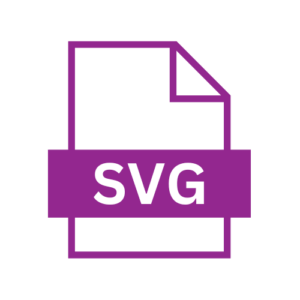
- Compatibility: This open standard format works well across the web, in many design tools, and in applications.
- Use Cases: Perfect for web graphics like icons, logos, and illustrations, especially if you want them interactive or animated.
- Strengths: SVGs are loved for their small size, ability to scale without losing quality, and ability to format text and create animations.
AI (Adobe Illustrator)

- Compatibility: This format is specific to Adobe Illustrator but can be opened or imported with some quality differences in other software.
- Use Cases: Choose AI for high-level design work, including complex illustrations and branding, where preserving the ability to edit is crucial.
- Strengths: AI files keep all your editing layers and details intact, offering rich features for top-notch print and digital outputs.
EPS (Encapsulated PostScript)
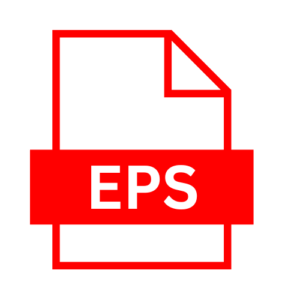
- Compatibility: EPS files work with a broad range of design and print software, though they’re not the best for web use.
- Use Cases: Ideal for professional printing and when working with commercial artwork or older design programs.
- Strengths: Great for print due to its high-quality output, ability to include font information, and compatibility with printing processes.
PDF (Portable Document Format)

- Compatibility: PDFs are universal, meaning they can be viewed on any device with a PDF reader, making them great for sharing.
- Use Cases: Best for distributing your vector graphics while keeping the layout intact and for document archiving.
- Strengths: PDFs are versatile, support password protection, and maintain text and font details, though they may not be ideal for editing later.
CDR (CorelDRAW)

- Compatibility: CDR is the go-to format for CorelDRAW users but might require conversion for use with other software.
- Use Cases: CDR is your format if you’re designing in CorelDRAW or sharing files with others in the same environment.
- Strengths: This format saves all your work’s editable aspects and leverages CorelDRAW’s unique features and effects.
Conclusion
Vector graphics are super useful digital images that stay clear and sharp no matter how much you zoom in or stretch them. This makes them perfect for all sorts of projects, like making logos, designing websites, or creating flyers.
Unlike regular images that can get blurry when you make them bigger, vector graphics keep their smooth lines and bright colours at any size. They’re really flexible too, so you can change their colours and shapes easily without losing quality. This is why designers love using them to ensure everything from business cards to billboards looks top-notch.
At BrandVillagel, our dedication to leveraging vector graphics in our graphic design services underscores our commitment to delivering superior, scalable, and adaptable visuals to our clients.
With a rich marketing and graphic design background, we’ve consistently seen the transformative impact of vector-based designs on brand presence across various platforms. We encourage exploring vector graphics to elevate your projects, and BrandVillage is here to bring your visions to life with expertise and creativity in vector design. Contact Us Now!
Articles.
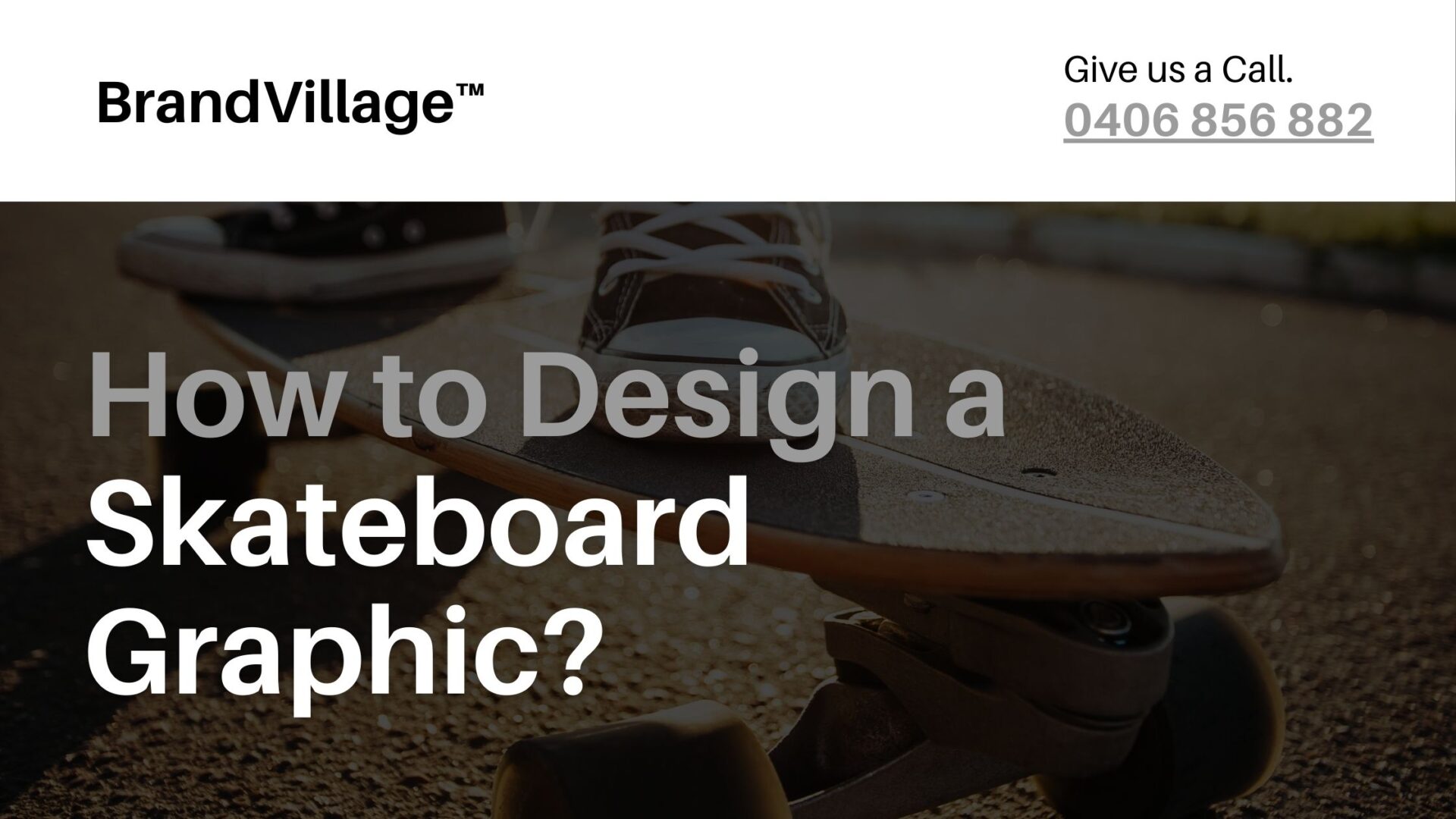
April 2024
How to Design a Skateboard Graphic?
Ever gazed at a skateboard and thought, “How do they make it look so...
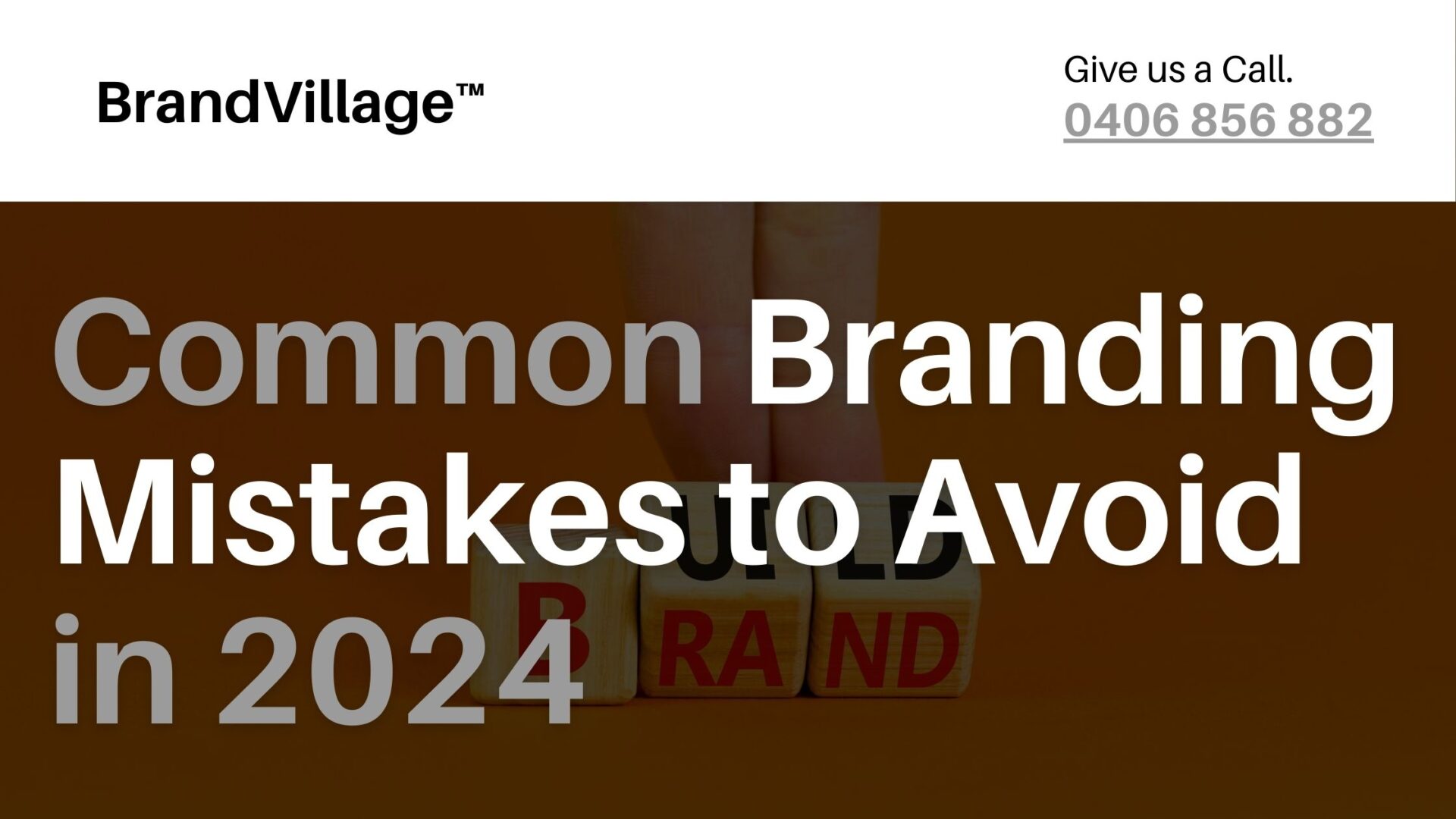
April 2024
Common Branding Mistakes to Avoid in 2024
Whether you’ve just launched your business or have owned one for years, one small...
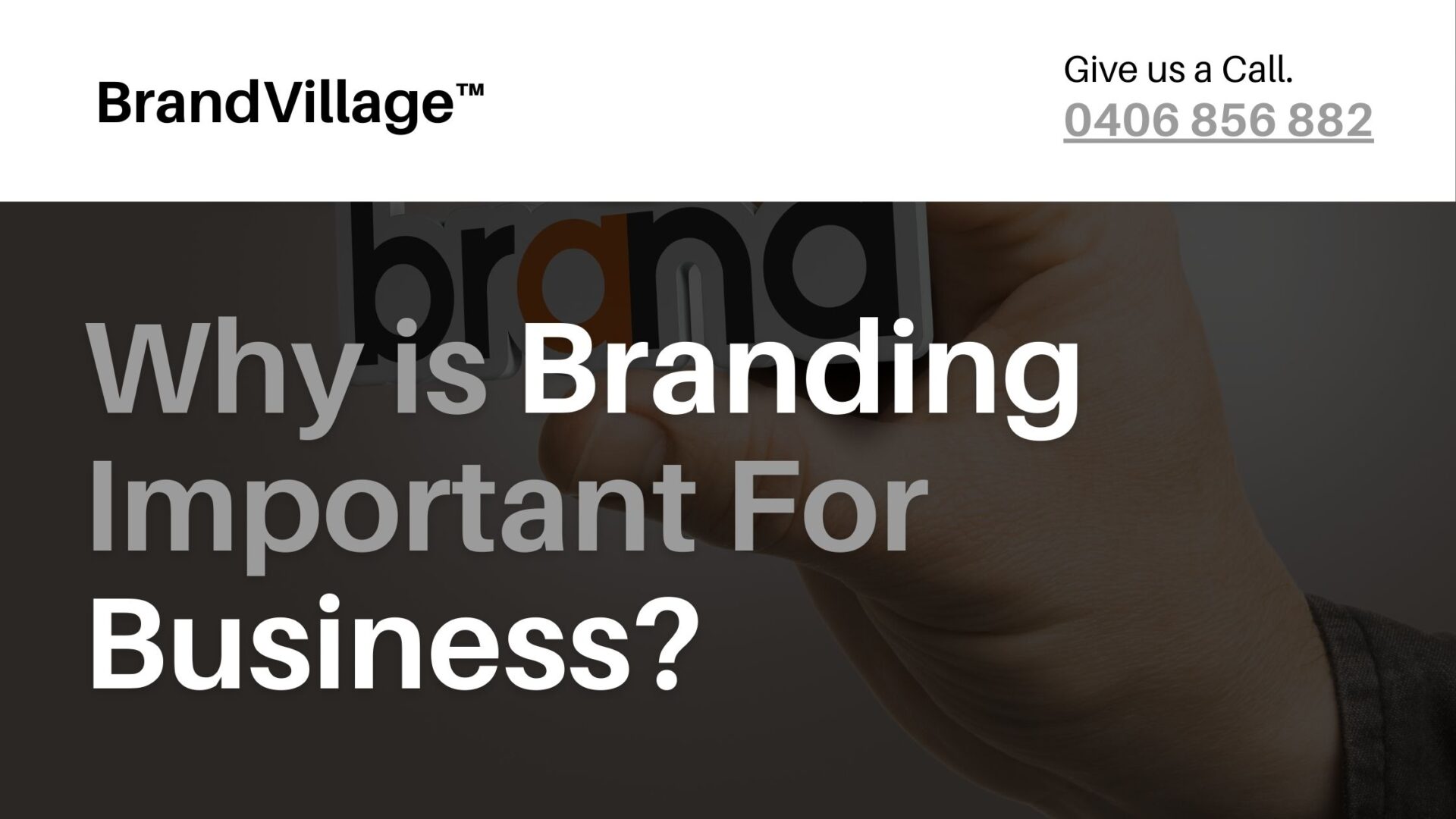
April 2024
Why Is Branding Important For Business?
Picture this: You walk down a street and see two cafes on either end....